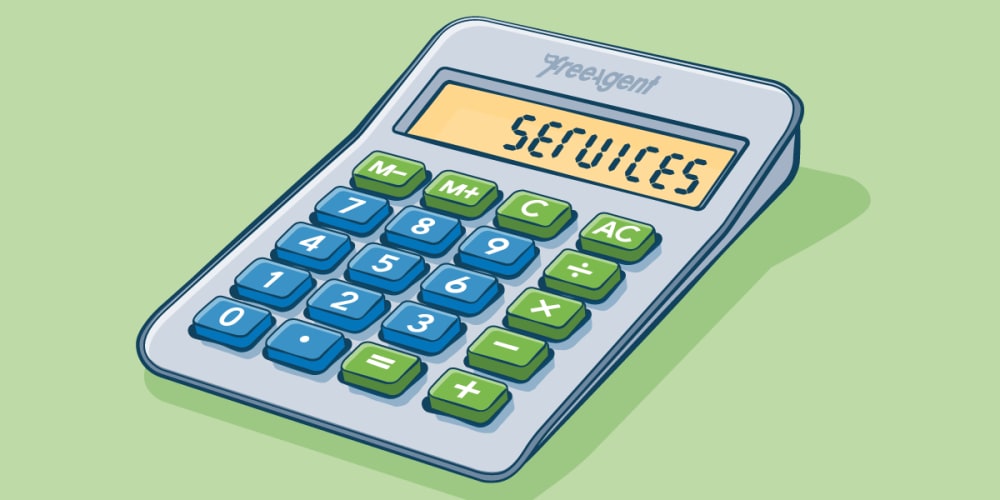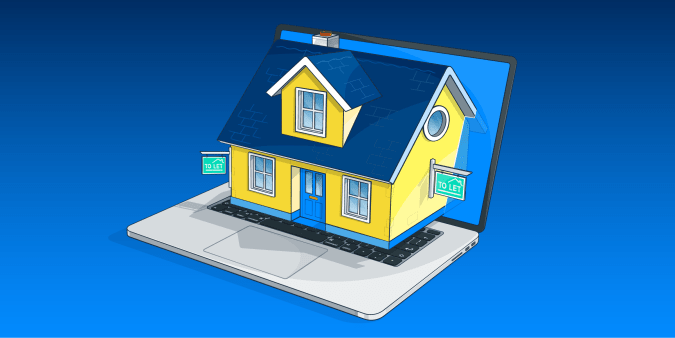How to price your product or service in 5 easy steps

As a small business owner, pricing your product or service can be more difficult than you might think. If you sell a service, it can be all too easy to undervalue your offering because of a lack of confidence or anxiety about making a sale. If you sell or create a physical product, you may price too low because you don’t fully understand your costs. But if your price is too high, no one will buy. It’s a delicate balancing act which you need to get right in order to maximise sales and profitability.
Here are our top tips on how to price your product or service to cover your costs, make a decent profit and maximise sales.
1. Understand your costs
First of all, make sure you really understand how much it is costing you to create your product or service. If you sell a service, you may think your only cost is time or labour but this is unlikely to be the case. All businesses, whether they sell a service or a product, have fixed costs and variable costs.
Fixed costs are costs that stay the same regardless of how many sales you make. Examples might include rent, rates or insurance. You can think of your fixed costs as the cost of being in business and able to make sales. You may also have costs related to equipment, like an office computer, or the coffee machine in a cafe. You don’t pay any more for these so-called ‘fixed assets’ once you’ve bought them, but they do lose their value over time, so you need to bear this in mind too.
Variable costs are costs which change depending on how many sales you make. For a cafe this may be the coffee and milk needed to create a cup of cappuccino. For a service business it may be the labour cost incurred for staff working on a project.
Fixed costs versus variable costs
One approach to pricing is to split your fixed costs across your sales and add any variable costs associated with that item. To use this approach, think about how many sales you are likely to make in an average week or month. Divide your weekly or monthly fixed costs by the number of projected sales. Add onto this amount - the fixed cost per sale - the variable cost of each sales type. This will be different for each product you sell. For example, if you are running a cafe then you will use more coffee for a double espresso than for a single, and more milk for a latte than for an Americano. This calculation will allow you to generate a minimum ‘price point’ for each sale. Adding a margin, a percentage amount above your costs calculation, gives the classic ‘cost plus’ approach to pricing and should mean all your sales generate profit for the business.
The main issue with this approach is that for low value sales, the price point will be skewed by spreading all fixed costs evenly. A sale which has a low variable cost of £0.10, for example, could become very expensive if a fixed cost of £2 is allocated to it. And proportionally allocating costs will quickly lead to a very complex pricing model. However, all sales which are above the variable cost of £0.10 will contribute towards paying the fixed costs and as fixed costs are incurred whether sales are made or not, it makes sense to consider variable costs as the key cost you need to cover when pricing your product or service.
2. Add a margin
With a figure in hand for your variable cost per product or service, a good approach to pricing is to think about the profit margin you wish to make on your sales. Your margin is a percentage added on top of your variable costs to generate your price. Many industries have ‘rule of thumb’ margins, for example retailers often add a minimum 50% margin to any product cost to generate the product price.
3. Research the market
If you generate your price point with no reference to prices that are already being charged in the marketplace by your competitors, you could end up calculating a price for your cup of coffee which is way out of line with the prices other comparable businesses charge in your area. Make sure you avoid pricing yourself out of the market by checking what your competitors charge before you set your prices. If you find that covering your variable costs leaves you with a higher price, think about why this might be. Is your product genuinely higher quality, or are you providing a better service, and therefore are you justified in charging more? If your competitors can sell a comparable product or service for less, you may need to look at reducing your costs to remain competitive.
Understand what your customer will pay
Aside from understanding your competitors’ pricing, you should also consider how much your customer may be prepared to pay. If your business is in an area where cut-price, low-quality products or services are the norm, there may be customers out there who are hungry for a better quality alternative. Thinking back to the cafe example, if your competitors offer instant coffee and you’re providing premium coffee beans and frothy milk, you can charge more for your cuppa. If you’re providing a service, and you have a demonstrably higher level of expertise with a great track record, you can charge a premium for your higher-value service. Alternatively, if you’re a new business you may want to charge less than your competitors or give your customers a limited-time special offer to attract early sales. Once you’ve sold to these customers, you can keep them coming back for more at a higher price, as long as your product or service remains good value.
4. Remember VAT
If you’re VAT registered, remember that you may need to charge VAT on every sale you make. This VAT will need to be paid to HMRC at the end of each VAT quarter, balanced against the VAT you have been charged and can reclaim on your purchases. Make sure you set money aside from your revenue to cover this payment and remember to factor in the additional amount when calculating your price. From your customer’s perspective, particularly if you are selling to the general public rather than to another business, this VAT is a real cost which they cannot claim back. So make sure that your pricing takes this into account and is still competitive, with VAT included.
5. Commit to your pricing
If you’re working as a consultant and selling your time, or you’re selling to other businesses, it can be all too easy to drop your price in a sales conversation, especially if you’re a new business. Once you’ve set your pricing, commit to it and only reduce the price when you’ve really thought through the opportunity and you’re sure it will be worth it in the long term. While big supermarkets can afford to run ‘loss leading’ offers on their products, for most small businesses controlling cashflow is extremely important and too many ‘loss leading’ sales will bankrupt the business. So, once you’ve worked through a pricing model, stick to it and adjust it only for a stellar sales opportunity or after a proper review of your costs and overheads. If you don’t feel 100% confident setting your own pricing, try speaking to an accountant who should be able to help.
Not using FreeAgent yet? Try a 30-day free trial today and see how our award-winning software’s insights and accounting reports can help you make smarter business decisions.
Disclaimer: The content included in this blog post is based on our understanding of tax law at the time of publication. It may be subject to change and may not be applicable to your circumstances, so should not be relied upon. You are responsible for complying with tax law and should seek independent advice if you require further information about the content included in this blog post. If you don't have an accountant, take a look at our directory to find a FreeAgent Practice Partner based in your local area.


